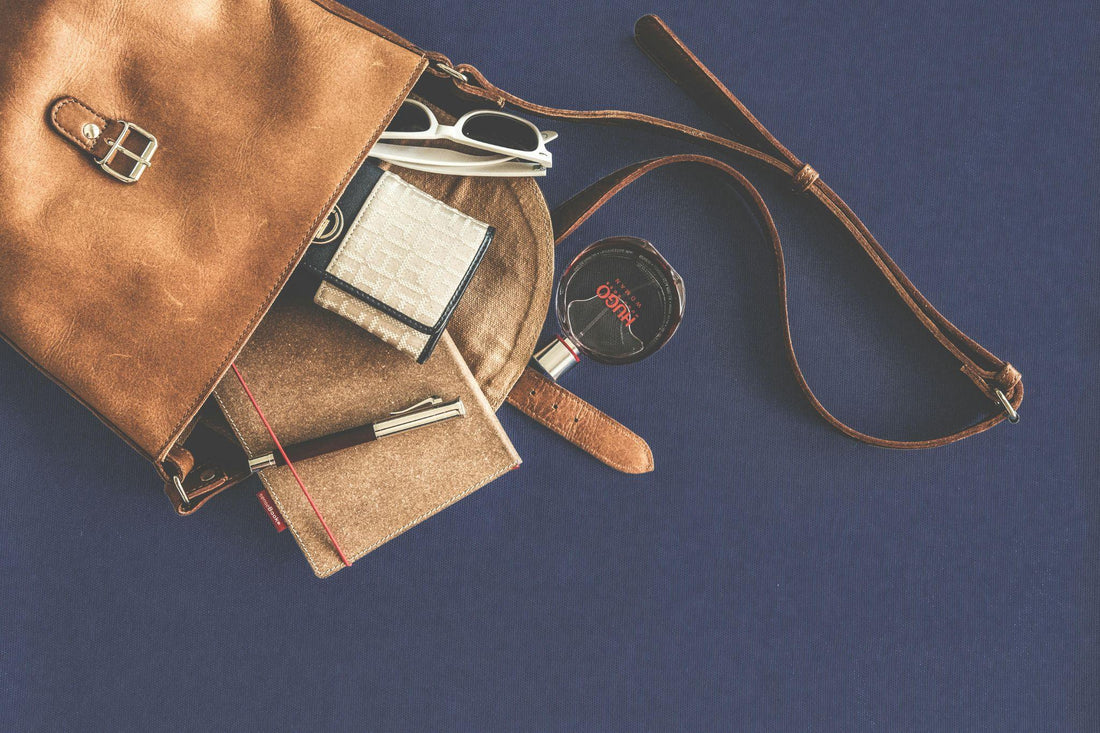
Understanding the Costs and Benefits of Leather Care
Share
Leather goods are celebrated for their elegance, durability, and timeless appeal. From jackets to furniture, these items offer a blend of luxury and functionality that can last for years with proper care. However, neglecting maintenance can lead to cracks, discoloration, and a loss of charm, diminishing their value and usability.

Understanding the economics of leather care is crucial for preserving your investments. This guide explores the costs and benefits of regular maintenance, helping you decide between DIY methods and professional services. With the right approach, you can protect your leather’s beauty, enhance its longevity, and ensure it remains a cherished part of your daily life. Investing in care today can save you from costly replacements in the future.
What Makes Leather a Timeless Investment?
Elegance and Durability
Leather’s luxurious appeal stems from its unique texture, strength, and adaptability. Unlike synthetic materials, leather ages gracefully, developing a patina that enhances its character over time.
Why Maintenance Matters
Regular care not only maintains leather’s aesthetics but also ensures its functionality. Without proper attention, leather can succumb to cracks, discoloration, and premature aging, diminishing its value.
The True Cost of Leather Maintenance
Initial Investment vs. Lifetime Costs
Purchasing leather is often seen as a long-term investment. While the upfront cost can be high, regular maintenance ensures that these items outlast their cheaper counterparts, making them cost-effective in the long run.
Factors Influencing Maintenance Expenses
- Frequency of Use: Daily-use items like shoes and bags require more frequent care.
- Environmental Exposure: Extreme weather conditions, such as humidity or dryness, can accelerate wear and tear.
- Type of Leather: Suede, nubuck, and full-grain leather have different care needs, impacting costs.
DIY vs. Professional Leather Care Costs
- DIY Care: An initial investment in tools and products (e.g., cleaners, conditioners) can range from $30–$100.
- Professional Services: Depending on the item's size and condition, services can cost $50–$300 per session.
The Value of Leather Conditioning
Why Conditioning is Non-Negotiable
Conditioning replenishes natural oils, preventing leather from drying out and cracking. Regular conditioning also helps maintain leather’s softness and flexibility.
How Conditioning Extends Lifespan
Leather items subjected to consistent conditioning last decades longer than neglected ones. For instance, a well-maintained leather sofa can retain its charm and functionality for over 20 years.
Is Leather Care Worth It? A Detailed Analysis
Financial Benefits
- Reduced Repair Costs: Regular upkeep minimizes the need for costly repairs or replacements.
- Increased Resale Value: Designer and vintage leather items fetch higher prices when in pristine condition.
Emotional and Practical Value
- Sentimental Attachments: Family heirlooms and cherished pieces benefit from preservation.
- Daily Functionality: Proper care ensures items like bags and shoes remain functional and stylish.
Environmental Considerations
Extending the lifespan of leather goods reduces waste, making it an eco-friendly choice. Proper care minimizes the environmental impact of frequent replacements.
Cost-Effective Leather Care Strategies
Affordable Alternatives for DIY Care
- Invest in multipurpose products that clean, condition, and protect.
- Opt for reusable tools like microfiber cloths and brushes.
Smart Investments in Leather Care
High-quality conditioners and waterproofing sprays ensure long-term savings by preventing damage. Look for cost-effective leather care products that deliver professional results.
Avoiding Common Mistakes
- Household Cleaners: Avoid using vinegar, alcohol, or harsh chemicals, as they can damage leather.
- Over-Conditioning: Excessive application can make leather sticky and attract dirt.
Leather Care Return on Investment
Measuring the ROI
Consistent care reduces the likelihood of premature aging, saving money on replacements. A $50 conditioner applied over several years can save hundreds in restoration costs.

Professional Leather Care vs. DIY: Finding the Balance
When to Opt for Professional Services
- Severe Damage: Deep stains, scratches, or structural issues require expert attention.
- Valuable Items: Heirloom or designer pieces benefit from professional-grade restoration.
Maximizing DIY Efforts
Routine tasks like dusting, cleaning, and conditioning can be managed at home. A hybrid approach combining DIY care with professional services offers the best of both worlds.
Sustainable Leather Care Practices
Eco-Friendly Product Recommendations
Choose biodegradable cleaners and conditioners to minimize environmental impact. Opt for reusable tools to reduce waste.
Reducing Environmental Impact
Prolonging leather’s life reduces the need for replacements, cutting down on manufacturing waste and resource consumption.
Choosing the Right Leather Care Routine
Assessing Your Leather Collection
- Daily Use Items: Shoes and bags may need weekly cleaning.
- Occasional Use Items: Jackets and furniture can follow a bi-monthly care routine.
Balancing Time, Budget, and Quality
Consider how much time and money you’re willing to invest. For busy schedules, professional services may offer convenience, while DIY care can save costs.
Creating a Long-Term Plan
- Routine Maintenance: Set reminders for cleaning and conditioning.
- Seasonal Checks: Inspect items for wear and repair minor damage before it worsens.
Preserving the charm and longevity of your leather items requires a thoughtful care routine. While DIY leather maintenance is cost-effective and convenient, professional services bring expertise that ensures detailed restoration and protection. Striking a balance between these approaches allows you to maintain the value and appeal of your leather, keeping it in pristine condition for years to come.
For sustainable and effective solutions, Moobuzz offers All Natural leather care products tailored to meet all your needs, whether at home or on the go.
FAQs
What is the most cost-effective way to care for leather?
Combining DIY cleaning and conditioning with occasional professional services is the most economical approach.
How often should I condition leather items?
Condition frequently used items every 2–3 months and less frequently used pieces bi-annually.
Can I use household products for leather maintenance?
Avoid harsh chemicals like vinegar and alcohol. Opt for leather-specific cleaners to prevent damage.
What makes Moobuzz leather care products eco-friendly?
Moobuzz products are biodegradable, non-toxic, and designed to deliver sustainable results without harming the environment.
How do I decide between DIY and professional care?
Choose DIY for routine tasks and professional services for severe damage or high-value items. A balanced approach ensures optimal care.
